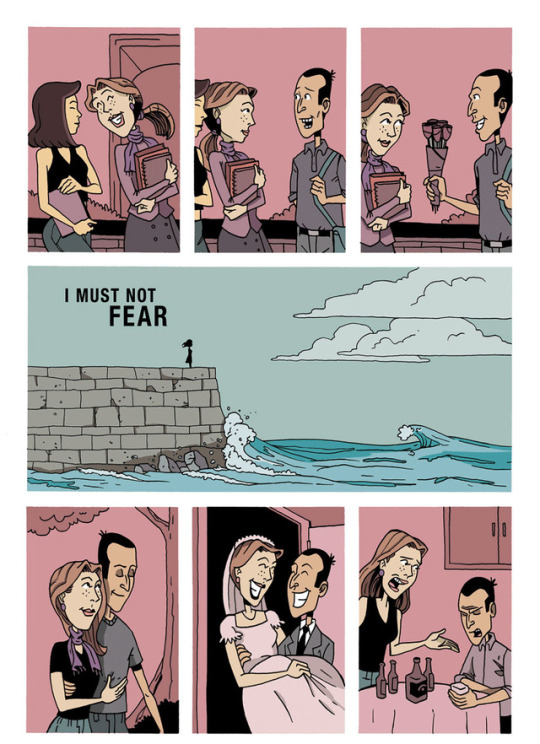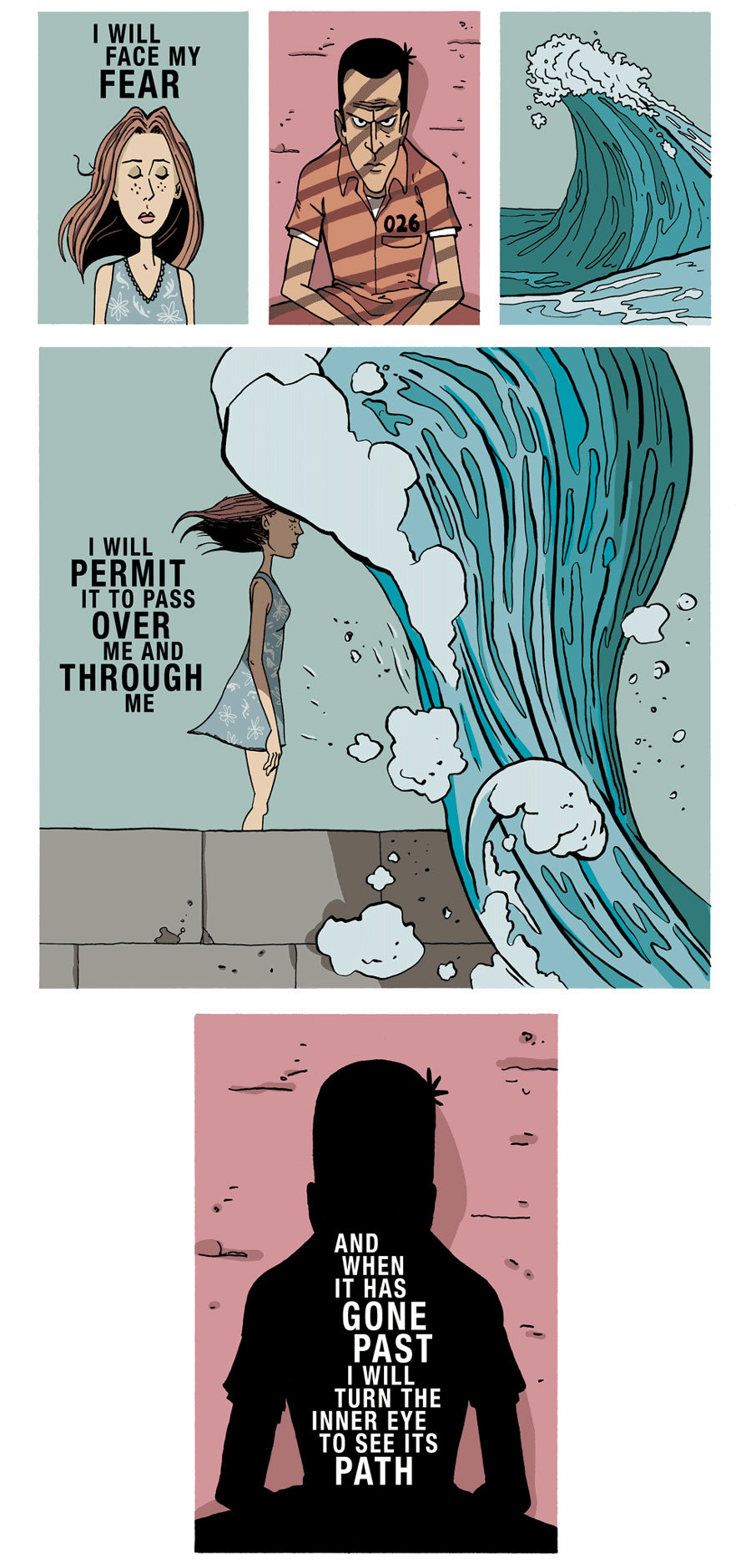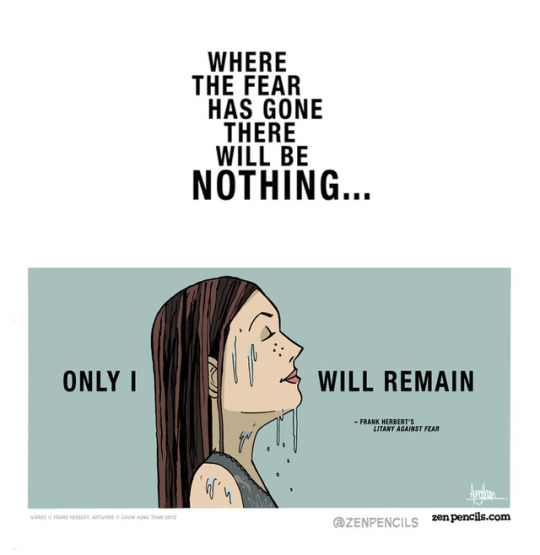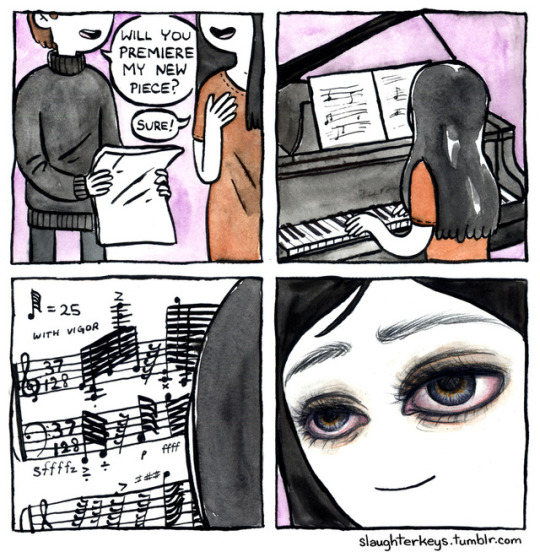Using your iPhone, iPod Touch, or iPad to enhance your practice and composition.
Don't wanna be here? Send us removal request.
Text

3274. Year of the Dragon
Hey all! I'm getting ready to launch my latest art calendar in the next few days. If you'd like to be notified upon release, please follow the pre-launch link here :)
My other sites: https://linktr.ee/piperthibodeau
959 notes
·
View notes
Photo



Vibrant Patterns Envelop Dozens of Mythical Animal Sculptures That Explore the Folk Art Traditions of Mexico
17K notes
·
View notes
Link
Another great post this week from Noa K at the Bulletproof Musician.
He shows how Serial chaining and Performance Cues work together as memorization strategies, and lists four types of Performance Cues:
Structural cues are natural breaks or logical sections that form the structure of a piece. Like the exposition/development/recap, or where phrases begin and end.
Expressive cues are mood or character-based. Sections that you decide should be mysterious, or pensive. Or that communicate happiness, sadness, or sarcasm. Or involve characters who form part of a narrative in your head.
Interpretative cues are also musical in nature, but related more to the hints that the composer has left us in the score. Like changes in tempo, phrasing, dynamics, and all those Italian words we suddenly realize we should have looked up when our teacher quizzes us in a lesson.
Basic cues are technique-related, such as bowing, sticking, or fingering choices.
5 notes
·
View notes
Photo

Just another witch house.
Trying to get as much Halloween out of me as I can while I can!
#pascalcampion
1K notes
·
View notes
Photo










Simply part 3
Balancing act the last one in that series. ( The series being the last three stories with the cat.. they were all written as one. I just broke it up into the three strips!) #pascalcampion
3K notes
·
View notes
Quote
Yeah. That’s always extremely tricky and that’s another place where you really have to let the film do the talking and sort of try to stay out of the way and just sort of tinker. I think what you want to do is sort of tinker with the audience's subconscious without being discovered. I think that’s the overall trick of film scoring in general. Is you want to tinker with things behind the scene and remain unnoticed. That’s one of the great things about working with a director and an editor and stuff. It’s cause as a composer you tend to lay it on kinda thick with the music cause that’s your medium and if the music is speaking too loudly of course it’s going to take away from the overall power of the scene so you just have to find the right balance of melody and rhythm and also ambiguity. You know what I mean? You can’t go too strong in one emotional direction. You know it can turn a lot of people off if the score is too saccharine-y or too scary or you know what I mean? You don’t want to distract, you want to enhance.
https://overcast.fm/+4dxbYh0k/13:30
Nick Urata’s answer to the question from Toni Pennacchia
“Kind of going along with that. You know you mention about there being a comedic aspect and then it being dark.
How do you represent both tragedy and hope through a film, you know in the balance of dialogue and quiet moments and choice of score?”
0 notes
Photo

Via Twitter.com/playinglesshurt
4 notes
·
View notes
Quote
Usually what happens with me that if I have like say, before diminuendo I might, when I start with a very generous vibrato, very large and wide. And then when I get towards the end of the diminuendo is going to be smaller and maybe more relaxed. And then the opposite you do to a crescendo. The vibrato’s going to start small and open up as I get louder. Those are pretty standard things. And I believe in that type of playing, but I don’t know, a lot of people that play with only one vibrato and some of them make careers, so I’m sure it’s fine. But to me it’s missing something emotionally. Because if you listen to a singer, I mean, I don’t think any of them is going to use the same vibrato for the whole phrase. It’s never the case. It doesn’t work physically as in for them.
Blaise Déjardin on the Bulletproof Musician Podcast
https://bulletproofmusician.com/blaise-dejardin-on-emotion-technique-and-the-kind-of-practice-that-facilitates-consistently-beautiful-performances/
0 notes
Quote
With a single change in annotation, the sentence's tone changes a fair amount. when you write anything over a passage—a fingering, a breath mark, a diminuendo—you change the passage's emotion. It doesn't matter if the change is tiny or huge; what matters is that a change inevitably happens. Your eyes, mind, and ears risk incorporating your markings so thoroughly that you may forget that the score existed in a different state before you intervened. Keep an unmarked copy of every score you study, and mark photocopies or duplicate scores instead. This allows you to go back to the unmarked score and look at it with fresh eyes. It may be a good idea to annotate a study score thoroughly, and then perform the piece using an unmarked score.
from Integrated Practice: Coordination, Rhythm & Sound
by Pedro de Alcantar
4 notes
·
View notes
Photo

This epic 81-megapixel moon photo was stacked from 50,000 images - DIY Photography
61 notes
·
View notes
Photo

“I always like people who have developed long and hard, particularly through introspection and a lot of dedication. I think that what they arrive at is usually…deeper and more beautiful…than the person who seems to have that ability and fluidity from the beginning.“
Bill Evans
274 notes
·
View notes
Photo




I must not fear. Fear is the mind-killer. Fear is the little-death that brings total obliteration. I will face my fear. - Frank Herbert
3K notes
·
View notes




